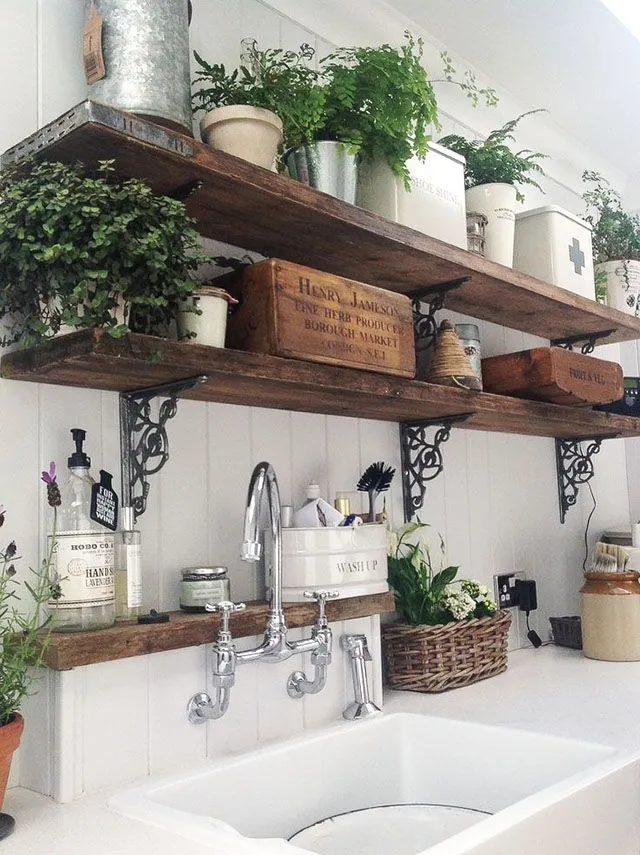What Defines Rustic Kitchen Decor?
Rustic kitchen decor is all about embracing the beauty of imperfection and creating a warm, inviting space that feels lived-in and comfortable. It’s a style that celebrates natural materials, handcrafted elements, and a connection to the past. Think of it as the antithesis of sleek, modern kitchens; it’s about embracing a sense of history, character, and charm. For pasta lovers, a rustic kitchen is the perfect backdrop to create an inviting space to enjoy delicious meals. It creates a sense of home and comfort.
Key Elements of Rustic Design
Several key elements define the rustic aesthetic. The foundation lies in the use of natural, raw materials like wood, stone, and brick. These materials bring texture and a sense of grounding to the space. Moreover, a neutral color palette forms the backdrop. Warm and earthy tones are often embraced, creating a cozy atmosphere. Finally, vintage or antique furniture and accessories add character and a touch of nostalgia to the design.
Natural Materials
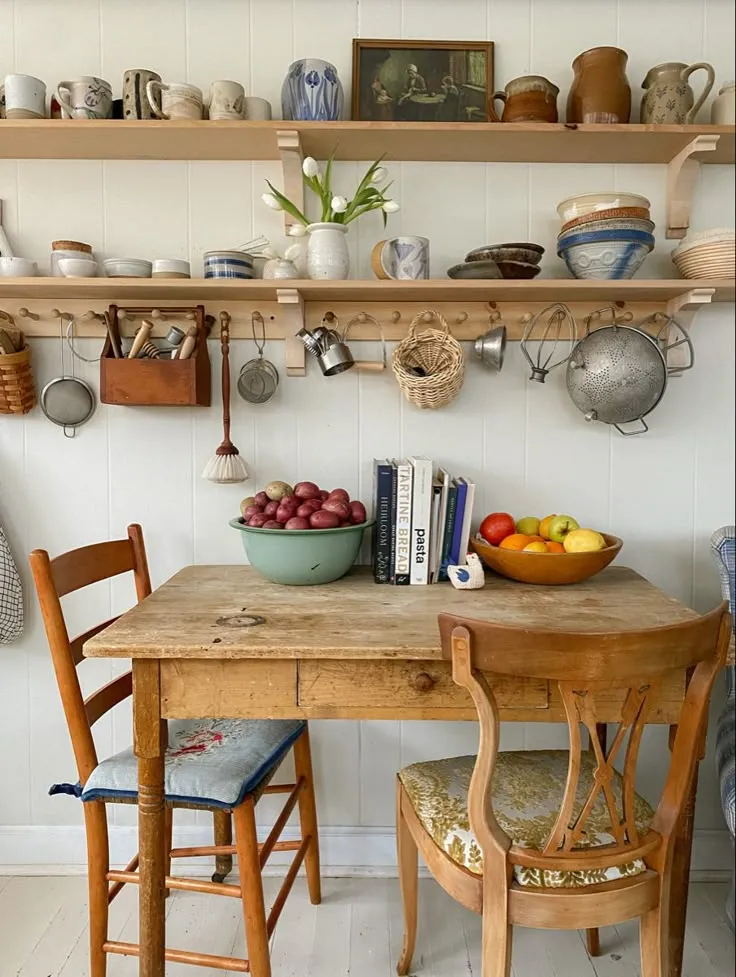
Wood, in its various forms, is a cornerstone of rustic design. Consider incorporating reclaimed wood for countertops, open shelving, or even a kitchen island. Stone, whether in the form of a backsplash, flooring, or a farmhouse sink, adds a sense of durability and connection to nature. Brick, used for accent walls or even as a flooring element, introduces texture and a touch of history. These materials create a space filled with warmth. (Image rustic-kitchen-materials.webp)
Color Palettes for Rustic Kitchens
The color palette in a rustic kitchen plays a vital role in setting the mood. It should evoke feelings of comfort, warmth, and natural simplicity. Think about how these colors affect the dining experience, particularly for enjoying pasta dishes. Warm, inviting colors can make any dish more delicious!
Warm and Earthy Tones
Warm colors like deep browns, terracotta, and creams create a cozy atmosphere. These tones mimic the colors found in nature, such as the earth, wood, and stone. They provide a grounding effect, contributing to the overall sense of relaxation and comfort. These are wonderful colors to complement a nice bowl of pasta.
Neutral Foundations
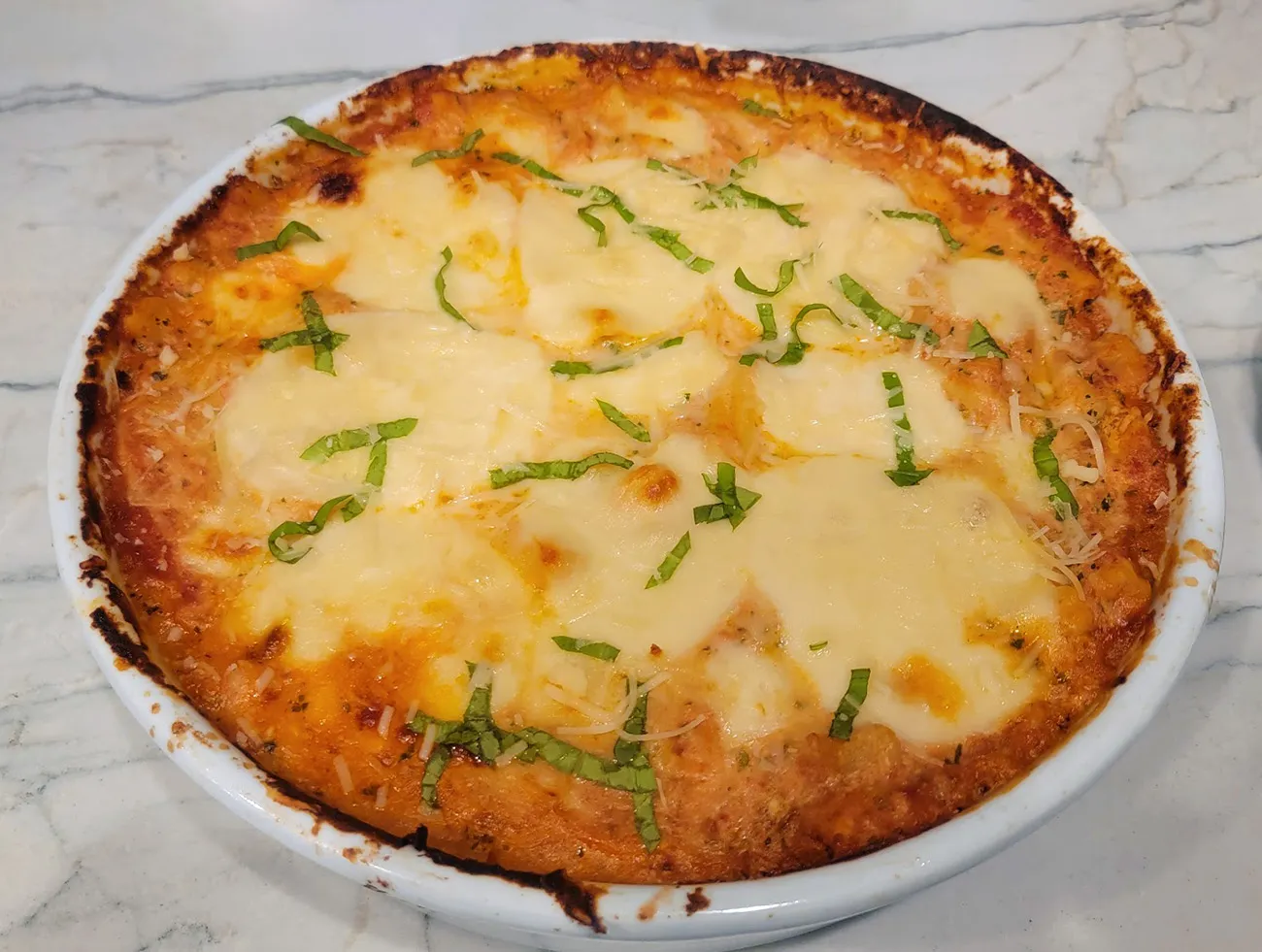
Neutral colors like beige, gray, and white serve as excellent backdrops for rustic kitchens. They allow other elements of the design, such as wood tones, stone textures, and accent colors, to stand out. A neutral foundation provides a sense of spaciousness and versatility, letting you customize your kitchen with different decor elements, including pasta-related accessories. (Image rustic-kitchen-color.webp)
Choosing the Right Furniture and Fixtures
Furniture and fixtures are essential components of a rustic kitchen. The pieces you choose can significantly impact the room’s style and how you use the space, especially when preparing and enjoying pasta. Consider how these selections will enhance the functionality and aesthetic appeal of your kitchen.
The Heart of the Kitchen Tables and Islands
A farmhouse-style table made from reclaimed wood is perfect for creating a communal dining space. A kitchen island with a butcher block countertop and open shelving can offer both functionality and visual appeal. A well-placed table or island also serves as an ideal spot for enjoying pasta meals with family and friends. (Image rustic-kitchen-furniture.webp)
Lighting Fixtures for a Rustic Ambiance
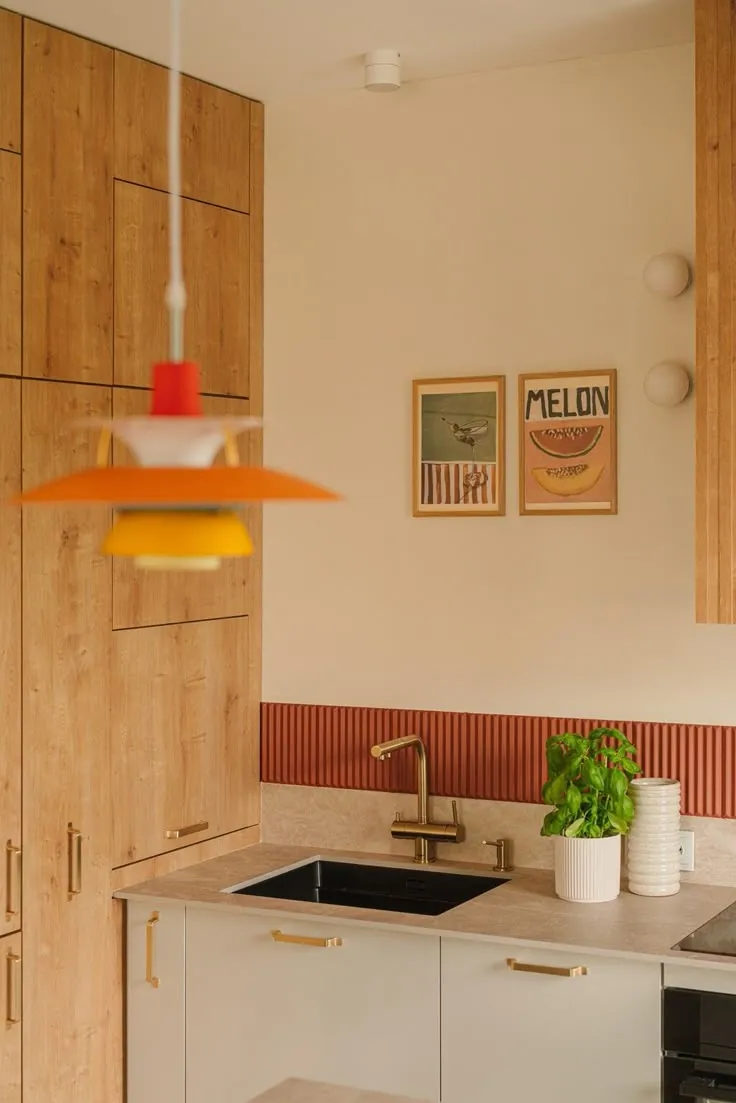
Choose lighting fixtures with a rustic aesthetic such as wrought iron chandeliers, pendant lights with Edison bulbs, or farmhouse-style sconces. These lighting choices can create a warm and inviting atmosphere in your kitchen. Lighting can greatly influence how a pasta dish is perceived and enjoyed.
Enhancing the Space with Decor
Decor elements breathe life into a rustic kitchen. These additions not only enhance the aesthetic appeal but also provide a personal touch, allowing you to express your style. You can creatively highlight the kitchen’s functionality and charm, particularly for pasta lovers. (Image rustic-kitchen-accessories.webp)
Textiles and Fabrics
Use natural fiber fabrics, such as linen or cotton, for curtains, table runners, and kitchen towels. These textiles add texture and softness to the space. Consider using patterns like stripes, checks, or floral prints to infuse a touch of personality, while keeping the overall theme consistent with the rustic design.
Wall Decor and Artwork
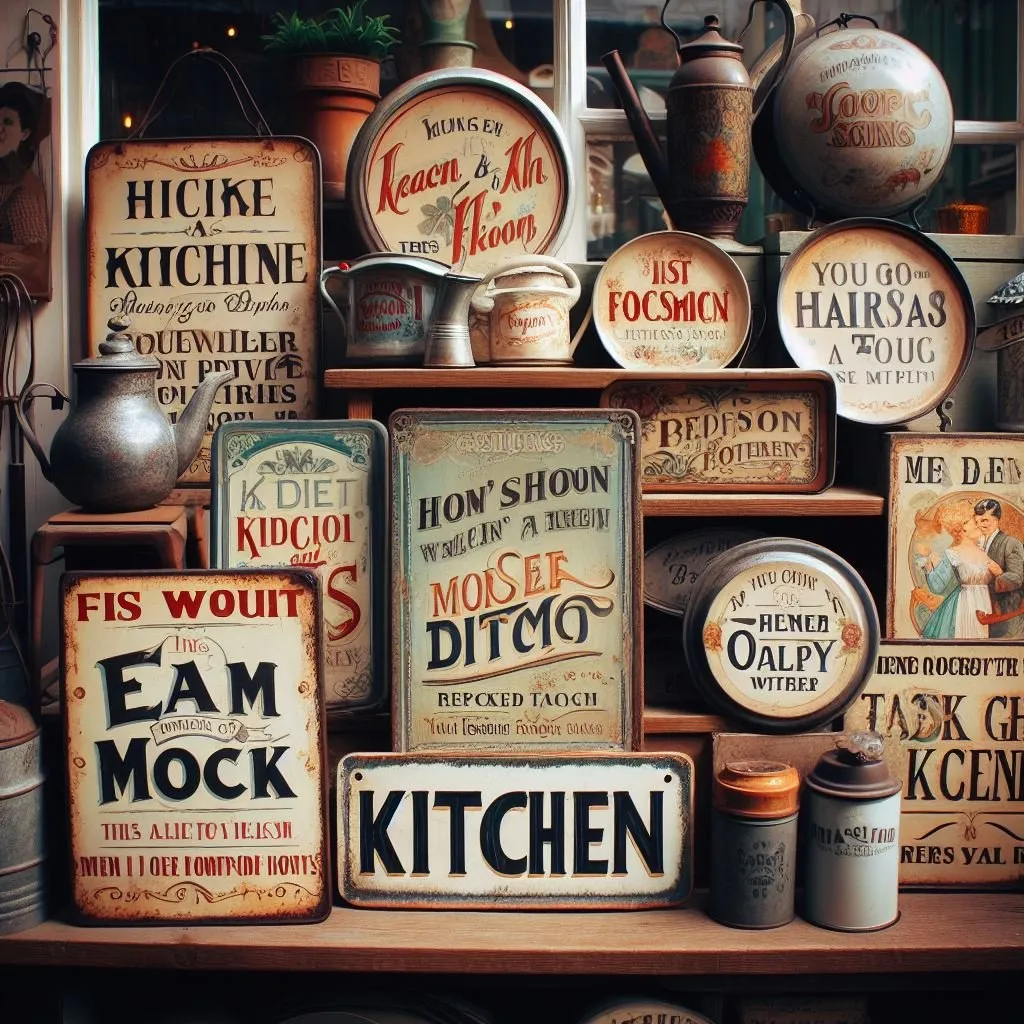
Hang vintage signs, framed prints, or artwork with a rustic theme. Consider a gallery wall with a mix of artwork. These decorative elements will add visual interest to your kitchen space. Displaying artwork of pasta or related cuisine can also enhance the theme.
Kitchen Accessories
Fill your kitchen with rustic-style accessories like wooden cutting boards, ceramic bowls, and antique canisters. Use glass jars to store pasta and other dry ingredients. These accessories will enhance the kitchen’s functionality, making the space more inviting, and giving it a personal touch.
Creating a Pasta-Friendly Kitchen
Designing a pasta-friendly kitchen means creating a space that’s both functional and stylish, tailored specifically for preparing and enjoying pasta dishes. Consider how the design elements contribute to the ease of cooking, serving, and the overall dining experience. The objective is to design a kitchen that is enjoyable for preparing meals and is also visually appealing.
Designing for Functionality and Style
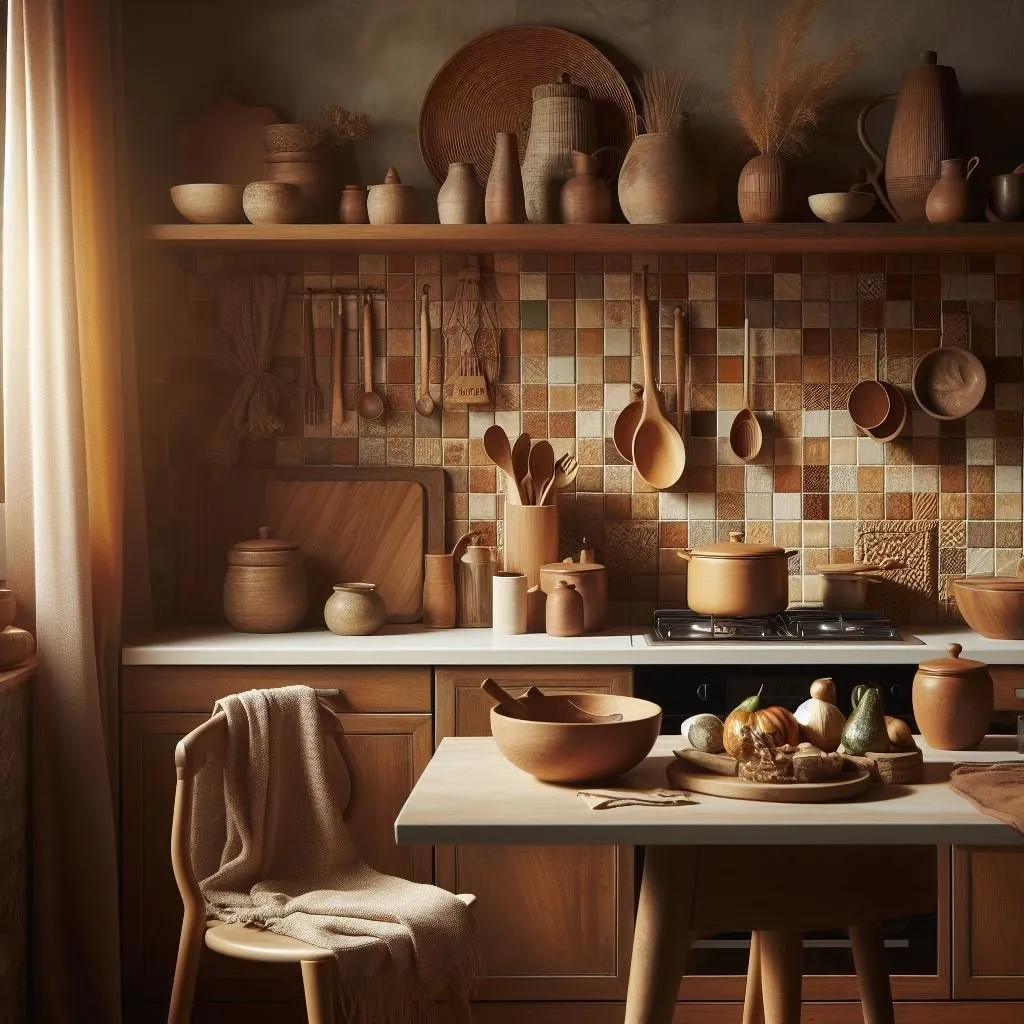
When designing your pasta-friendly kitchen, it’s important to strike a balance between functionality and style. Ensure that the kitchen layout facilitates the cooking process. This includes considerations such as efficient workflow, adequate counter space, and accessible storage for pasta-related ingredients. You want to make a kitchen that functions well and has a lovely aesthetic.
Optimizing Counter Space
Make sure your kitchen has plenty of counter space for food preparation. Make sure there is enough space to prepare pasta dishes efficiently. Choose countertops made of durable materials that are easy to clean, like granite or butcher block. This will give you a great work surface. (Image pasta-kitchen-counter.webp)
Storage Solutions for Pasta and Ingredients
Incorporate storage solutions that cater to your pasta-related items. Use clear glass jars to store different pasta shapes, and labels for clear identification. Make sure that all the equipment and ingredients you need are easily accessible. Proper storage will help keep your kitchen organized, which is essential for enjoying the process of preparing pasta meals. (Image pasta-kitchen-storage.webp)
The Role of Lighting
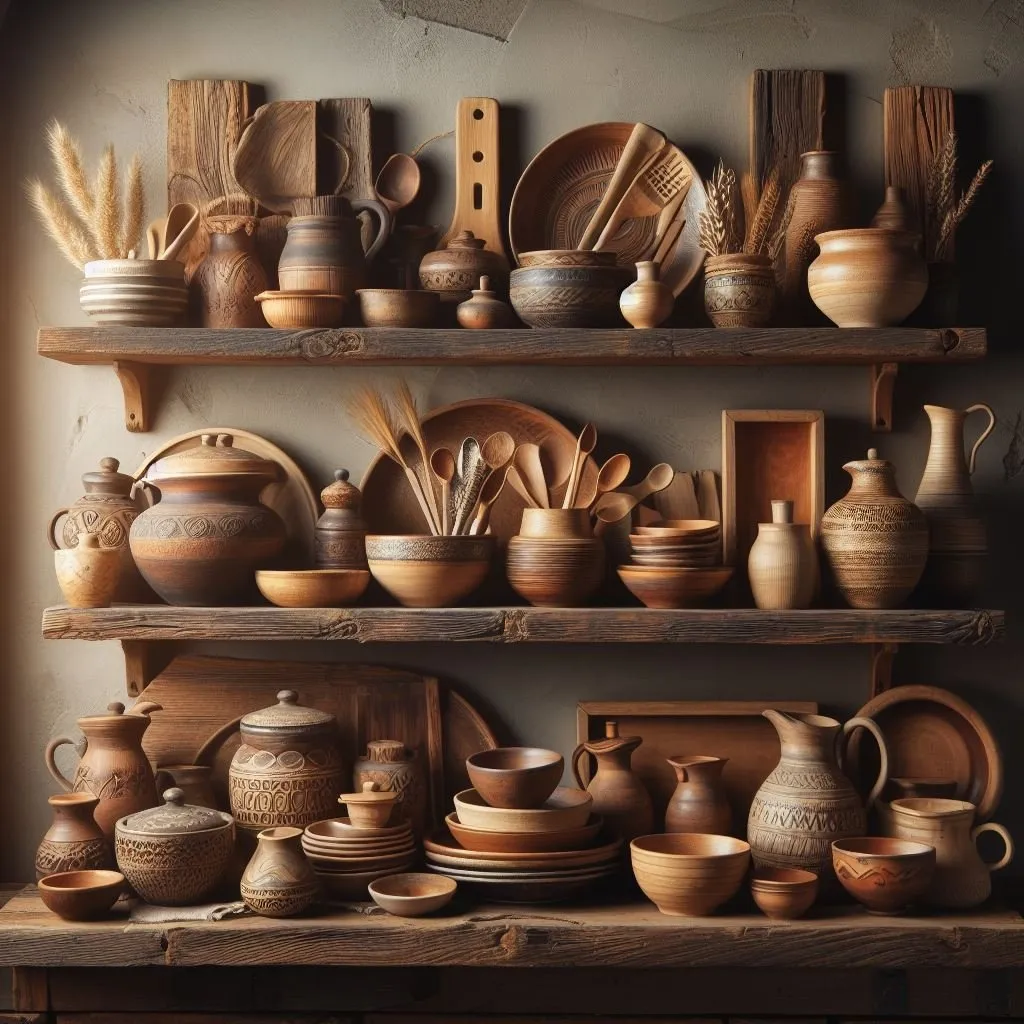
Lighting is key in a pasta-friendly kitchen, especially when it comes to setting the mood and enhancing the dining experience. Consider installing under-cabinet lighting to illuminate workspaces, and pendant lights over the kitchen island or dining area. Ensure that the kitchen has ample task lighting to assist with food preparation.
Incorporating Personal Touches
Adding personal touches to your rustic kitchen turns it into a space that reflects your personality and culinary preferences. Incorporating these touches allows you to make the space uniquely yours. Focus on items and decor that are linked to your passions and values.
Displaying Pasta and Related Items
Use open shelving to display colorful pasta boxes, vintage pasta makers, or cookbooks. This enhances the theme of the space while celebrating the pasta. Displaying pasta-related items personalizes your kitchen and signals your love for the cuisine.
Adding Greenery
Introduce plants to your rustic kitchen to add a touch of freshness and vibrancy. Consider herbs like basil, rosemary, and oregano, which not only add a visual appeal, but can be used in your pasta dishes. Small touches of greenery contribute to the organic vibe of the rustic kitchen.
Maintaining Your Rustic Kitchen
Maintaining your rustic kitchen helps preserve its charm and ensure that the space remains inviting for years to come. Consistent care and attention to specific materials is essential for preserving the kitchen’s aesthetic appeal, making it a welcoming space.
Cleaning and Care
Regular cleaning and care are key to maintaining the rustic charm of your kitchen. Use appropriate cleaning products and techniques based on the type of materials. For wood surfaces, use wood-specific cleaners to prevent damage. Dust regularly and clean spills immediately to prevent stains. Cleaning your rustic kitchen is critical to maintaining the space.
Preventative Measures
Take preventative measures to protect your rustic kitchen from damage. Use coasters and trivets to protect wooden surfaces from heat and water damage. Avoid placing hot pots or pans directly on wood countertops. Apply protective coatings to wooden surfaces to increase their resistance to stains and wear. These measures will protect your kitchen’s materials.
By following these guidelines, pasta lovers can transform their kitchens into a beautiful, functional, and inviting space perfect for enjoying their favorite dishes. The rustic style, with its focus on natural materials, warm colors, and personalized touches, creates the ideal setting for creating memorable dining experiences. (Image rustic-kitchen-main.webp)
